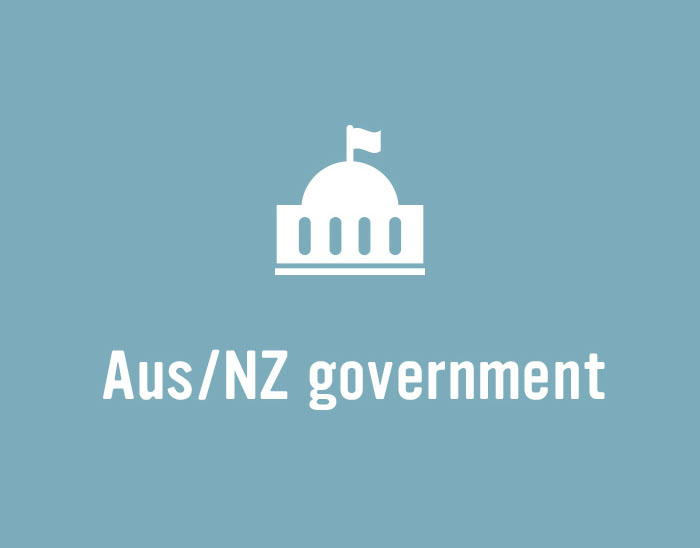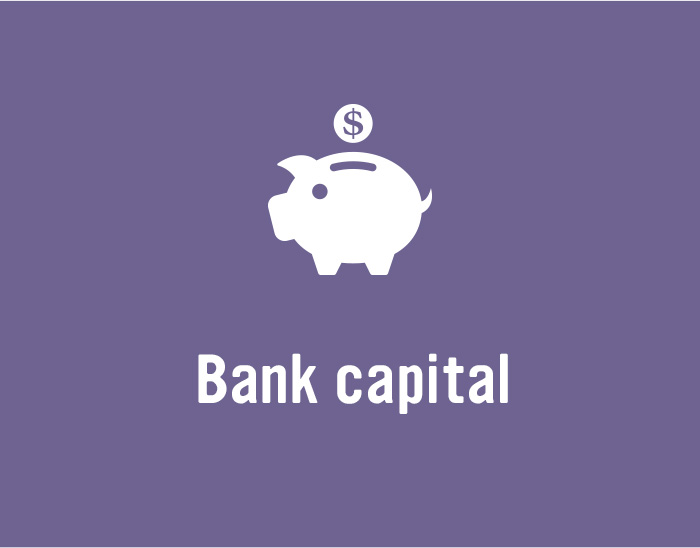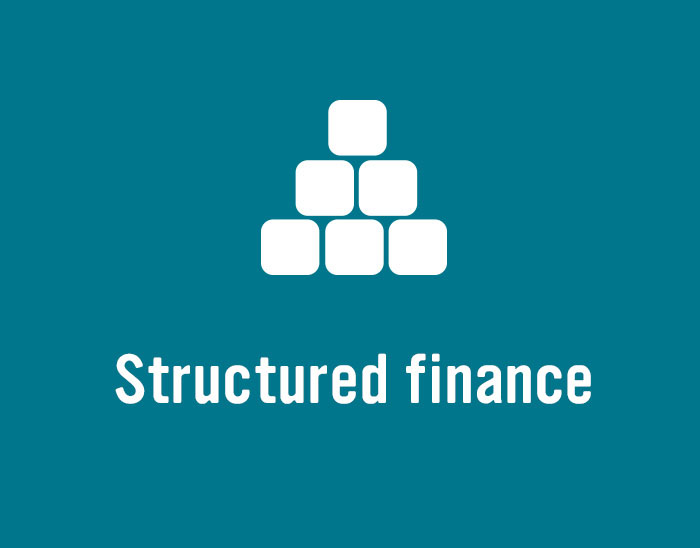
News

On 17 December, following the release of the Australian government’s mid-year economic and fiscal outlook (MYEFO) on the previous day, the Australian Office of Financial Management (AOFM) revealed it expects gross Treasury bond issuance for the 2019/20 financial year to be around A$55 billion (US$37.8 billion), down from an estimate of A$58 billion in the April 2019 budget.

The New Zealand Financial Markets Authority (FMA) revealed on 13 December its decision on same-class exclusion as it relates to green, social and sustainability (GSS) bonds. It stated that while it was open to granting individual exemptions for certain transactions, as a rule, GSS bonds would not be eligible for issuance under the same-class exclusion for a vanilla bond.

ASX-listed nonrated corporate SEEK brought to market on 11 December a subordinated deal – a somewhat rare occurrence – to diversify its funding sources as it continues to grow. Despite being down the capital stack, deal sources say, investors were eager to participate in a transaction from a household name with an attractive yield.

On 16 December, ANZ Banking Group (ANZ) (AA-/Aa3/AA-) launched a new self-led, 20-year bullet, Australian dollar denominated, tier-two, EMTN transaction. The forthcoming deal, which is expected to price on the day of launch, is being marketed with an indicative coupon of 3.4 per cent. The notes are expected to be rated BBB+/Baa1/A+.

As the year-end approaches, Australian market activity for the week was limited to South Australian Government Financing Authority's second AONIA-linked A$250 million (US$173.1 million) one-year deal and SEEK's A$150 million 6.5-year non-call 3.5-year, unrated, subordinated, floating-rate note transaction.

Synlait Milk (Synlait) printed the largest unrated deal in the New Zealand market since 2011 with its inaugural transaction, KangaNews data shows. The issuer came to market to diversify its funding sources as it expands.

On 12 December, following the state government of Victoria’s mid-year budget review, Treasury Corporation of Victoria (TCV) revealed an increased borrowing requirement for the 2019/20 financial year to a total of A$8.5-9.5 billion (US$5.9-6.6 billion) in order to prefund for a higher requirement in 2020/21.

On 12 December, following the release of the Queensland government’s mid-year fiscal and economic review, Queensland Treasury Corporation (QTC) announced an unchanged term debt borrowing programme for the 2019/20 financial year at A$9.9 billion (US$6.8 billion).

This year has been a landmark for the adoption of alternative reference rates (ARR) in the Australian market and South Australian Government Financing Authority (SAFA)’s second deal linked to the Australian Overnight Index Average (AONIA) has capped it off. The issuer says engagement in the Australian market has reached a new level of maturity.

New South Wales Treasury Corporation (TCorp) revealed a A$3.7 billion (US$2.5 billion) increase to its funding requirement for the 2019/20 financial year on 12 December, following the release of the state government’s half-yearly review (see table).

